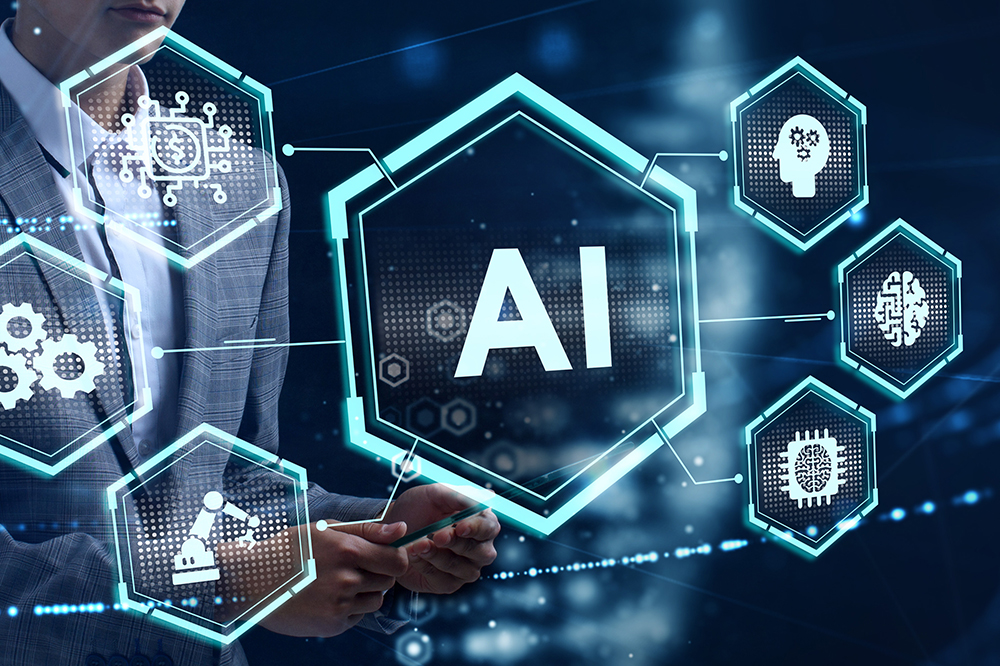Blog

European rules for Artificial Intelligence
The European Act on Artificial Intelligence (AI) is now in force (link here), and aims to regulate the use of this technology according to the risk it poses to humans, while at the same time boosting European industry in this field, ahead of giants such as China or the United States.
This European regulation "will lead to the development of an AI technology that Europeans can trust, and at the same time provide support to European SMEs and start-ups to bring innovative AI solutions to the market".
What rules does the EU Regulation set?
The regulation allows or prohibits the use of AI depending on the risk it poses to humans and identifies high-risk systems that can only be used if they respect fundamental rights.
Specifically, it distinguishes between AI systems that present an "unacceptable risk" to fundamental rights and will be banned, "high risk" systems, which will not be banned but will be subject to strict requirements, systems with risks of transparency, such as "chatbots", and "minimal" risk systems, which form the majority of AI systems and will not be subject to regulation.
By virtue of this classification, the law prohibits all biometric categorization systems based on political, religious, philosophical beliefs or race and sexual orientation, as well as those that evaluate people based on their behavior and personal characteristics and those capable of manipulating human behavior.
Systems designed to expand or create facial databases through the indiscriminate capture of data on the Internet or audiovisual recordings will also be banned, and systems that can recognize emotions will be banned in workplaces and schools.
In general, the law prohibits mass surveillance in public spaces, but allows law enforcement to use biometric identification cameras in certain cases with prior judicial authorization, which was one of the most difficult points in the negotiations between the European Parliament and the Council of the EU (member states) in determining the final form of the regulation.
Restricted use in certain situations
Thus, these AI systems will be able to be used to prevent an imminent terrorist threat, to locate or identify a person who has committed terrorist crimes, human trafficking, sexual exploitation or an environmental crime, for example, as well as to looking for victims of these crimes.
The regulation also identifies high-risk systems that can only be commercialized if their developers guarantee that they respect fundamental rights, for example those that can influence the outcome of elections or those used by financial institutions to assess the solvency and credit rating of customers.
On the other hand, the regulation establishes a series of obligations for general purpose artificial intelligence systems on which programs such as ChatGPT, from the OpenAI company, or Bard from the Google company are based. Specifically, these programs will have to specify whether a text, song or photo has been generated by artificial intelligence and guarantee that the data used by the systems respect copyright.
Harsh penalties for not following the rules
Companies that do not comply with the regulations risk fines of up to 7% of their global annual turnover when violations are related to prohibited applications, up to 3% of turnover when related to other obligations and up to 1.5% of turnover for providing incorrect information.
The EU states have until August 2, 2025 to designate the authority that will deal with the application of the legislation at the national level, while at the European level the task will fall to a new AI Office within the European Commission.
Most provisions of the regulation will apply from 2 August 2026, with the exception of the ban on unacceptable risk systems, which will enter into force within six months, and the rules for general purpose AI, which will enter into force in a year.
Sursa:https://hotnews.ro/normele-europene-privind-inteligenta-artificiala-au-intrat-in-vigoare-restrictiile-impuse-in-ue-pentru-tehnologia-ai-1762553

Leave a Comment
Comments (0)
No Comments Yet
Be the first to share your thoughts!